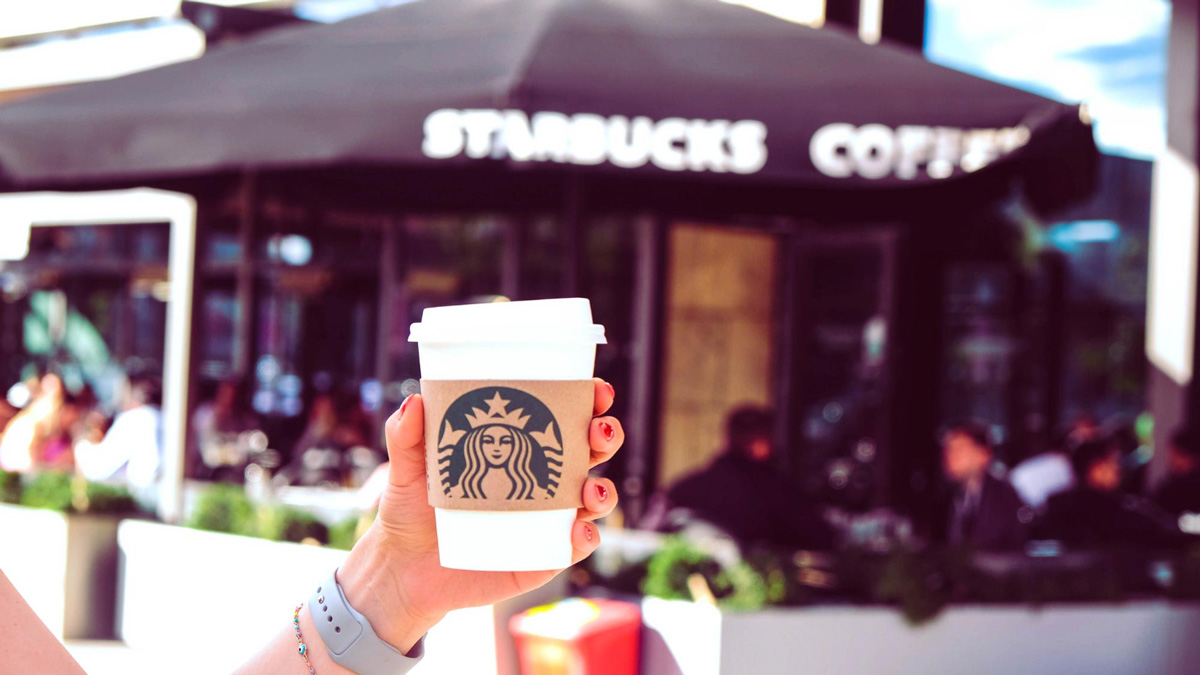
A brand experience strategy is a detailed plan companies make to change customers’ experience with their brand.
It’s more than just making sales and giving products. It’s about creating lasting memories, building emotional relationships, and standing out in a crowded market.
As part of the strategy, regular and meaningful interactions will be set up across different platforms, like websites, social media, in-store experiences, and customer service, to create an overall brand experience that is engaging and remembered.
Take Apple as an example. This company is known for having a meticulous brand experience plan. Every part of the Apple experience, from the sleek designs of its goods to the engaging experiences inside its shops, is carefully chosen to fit with the brand’s values of style, innovation, and ease of use.
Such planned efforts help create a good and consistent brand experience, which makes customers more loyal and likely to recommend the brand to others. The main goal of a brand experience plan is to make the company stand out, build trust, and keep customers coming back.
Take a look at what is a brand experience and then dig deeper into its benefits:
How to develop a brand experience strategy
Developing a brand experience strategy involves creating a comprehensive plan to ensure every customer interaction with your brand is positive, consistent, and memorable.
This strategy should evoke specific feelings and perceptions about your brand, reinforcing your value proposition and differentiating you from competitors.
Here’s a step-by-step guide to developing a brand experience strategy.
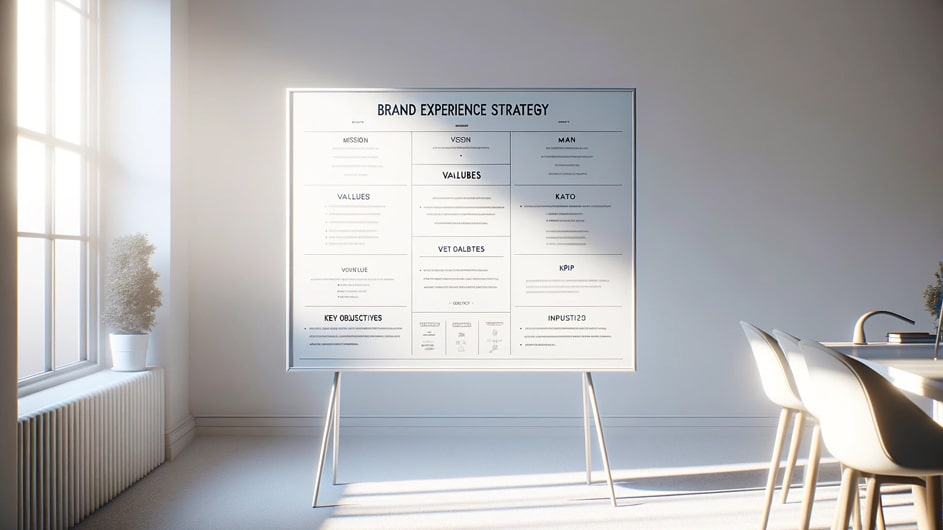
1.Learn about your Business and your customers.
You should learn about your target audience, your brand’s strengths and weaknesses, and the good and bad parts of your brand to get to know them. It’s helpful to do market research and talk to customers to learn how they feel about your brand, what they expect, and how you can improve things.
Get feedback from your fans by talking to them personally. This is the best way to find out what they want from you and how they think you can improve.
Let’s say that your company is known for having excellent customer service. Ask people what they like about your brand through polls. But if the service is lacking, you should find them by asking for feedback directly.
Apple knows it needs to think of new things all the time. Also, think about your brand’s values and who your buyers are. Nike is known for letting people be free and make their clothes, which fits with many customers’ sports goals.
2.Brainstorm your ideas
In this step, You need some crude ideas. Write down what you think About ideas that can improve your Business and customer relations; imagine the ideal position your brand can reach to provide value Without worrying about the possibility of ideas.
These ideas can change multiple times during developing a brand experience strategy.
For example, you can imagine using AR Technology to improve your customers’ experience or make your Content more emotional.
After Generating some ideas, consider resources, time, and business limits. Filter out the best ideas to extend and modify.
You can consult with experts and experienced people in branding and marketing.
One of our most important contributions to businesses at Dream Farm Agency is at this stage. We give them creative and actionable ideas to help with branding and impact.

3.Set your Brand experience Goals
Make business goals you can reach, and think about how you want people to feel about your brand; this will be your “Brand image.”
When you know how you want people to see your brand, you need to set goals that can be tracked. You should connect these to your business goals to help your brand grow and succeed.
Make sure that the goals of your Business and your brand experience are in the same Direction.
Sometimes, it’s possible that your brand experience is excellent and so Engaging but doesn’t affect your sales or income. You should mind your step and have a big picture of the overall plan.
Making SMART goals will help you connect your brand experience to your business goals and give yourself a due date.
This will help you keep an eye on things and make changes that will make your brand stronger.
The goal for your brand might be to get more millennials to connect with it on social media sites that these people like.
Red Bull wanted people who used their brand to feel like they were taking a chance. The record-setting jump from space in their “Stratos” ad helped them reach their goal of becoming a brand that people think of when they want to do fun things.

4.Ask people what they think
Grab the phone, talk to some of your loyal or churned customers, and find out how they feel about the brand and products. Ask the right questions and let them freely discuss their expectations and experience.
To be more Academic, every Business can organize focus Groups to monitor and observe them Permanently.
You can find out about things on review sites, social media, and other similar sites by using tools for social tracking or just searching in social media and Forums.
By collecting this information, businesses can find out what their customers want, improve things, and even predict problems before they get worse.
A business can also use social tracking tools to see what their competitors are doing and discover new trends in their field. This helps them figure out what to do and stay ahead of the others.
If the Business is a significant Company with multiple branches and products, Find out what your customers think and feel using AI tools like text and mood analysis.
Businesses can use these AI methods to find out how people feel about their products or services overall. This helps them learn more about how happy their customers are. Text analysis can also tell businesses much about their customers, like what words or phrases they use most.
This helps them discover more about what the people they want to reach need and want. Then, this helpful information can be used to improve marketing plans and customers’ overall experience.
A Zillow ad called “To Move is to Grow” was based on what people said on the internet during the pandemic. So that people could connect with the brand during times of change, they played with the feelings that come with change.
5.Optimize your plan based on what you’ve learned
After gathering information, Put your ideas next to customers’ requests and problems. Then, you determine the best way to achieve your Goals and keep a positive brand experience.
For example, you should make UX changes immediately if many people tell you your website’s design is too complex. This will improve the whole brand experience.
Keep in mind that a good experience isn’t always going to impact your sales directly. Dove‘s “Campaign for Real Beauty” was made after people learned how important it is to show real people.
Dove wasn’t just trying to sell people its goods; it chose to make people feel something good instead.
6.Map the experience on the Customer Journey.
Identify all the touchpoints where customers interact with your brand, from initial awareness to purchase and beyond. This might include your website, social media, physical stores, customer service, and packaging.
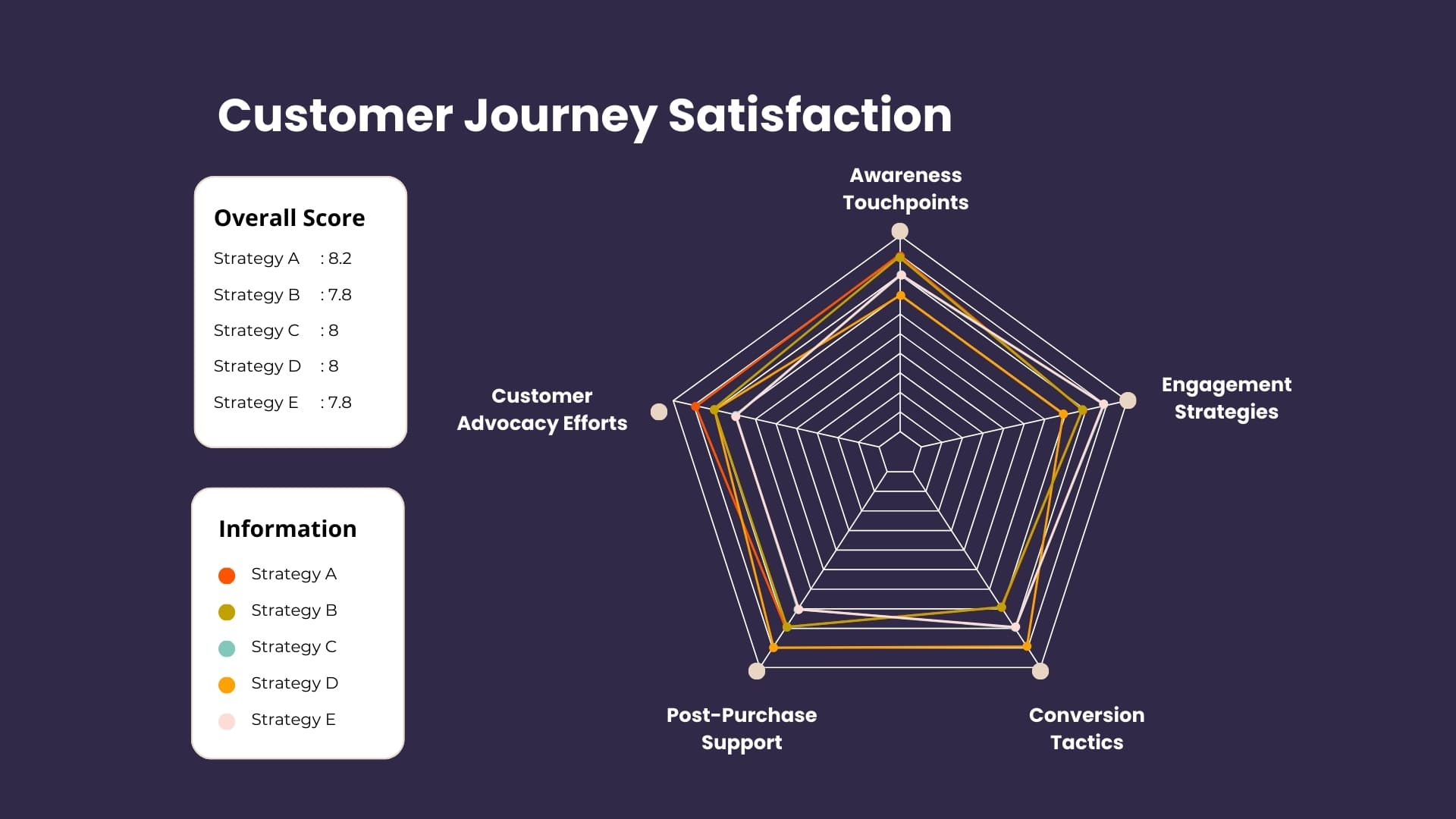
Consider what your customers think, feel, and do for each touchpoint, aiming to create a cohesive and positive experience throughout.
Every step in the customer journey is essential and can establish great or negative experiences.
7.Design each touchpoint Experience
Design the desired experience for each touchpoint that aligns with your brand identity and meets your audience’s expectations.
This involves considering the visual elements (like logos and colors), the tone of voice in communication, and the overall ambiance.
For example, if you’re a wellness brand, your store might feature calming colors, natural lighting, and a welcoming atmosphere that reflects your focus on well-being.
8.Incorporate Emotional Connections
Emotions play a critical role in brand brand experience strategy. Develop routes to connect emotionally with your customers, such as through storytelling, personalized Content, or community-building activities.
9.Leverage Infrastructure and Technology
Use technology to enhance the brand experience through an easy-to-navigate website, a mobile app, augmented reality, or personalized recommendations.
Technology should be used to make interactions smoother and more engaging, not to replace the human element.
Consider that a great brand experience strategy should make everything Easy, simple, comfortable, and painless for clients.
10.Specify Stakeholder’s responsibility and Train Your Team
Ensure that every employee understands your brand values and how to convey them in customer interactions. Brand experience strategy should explain every team and manager’s responsibilities in the context of customer experience and images that the brand creates.
This is crucial for maintaining a consistent brand experience across all touchpoints.
For instance, Ritz-Carlton empowers its employees to go above and beyond to satisfy guest needs, reinforcing its brand promise of exceptional service.
11.Design Action plan
Action plan is one of the crucial sections of brand experience strategy.
Specify which channel or touchpoint will change first and what to expect.
You can’t change your brand experience overnight. You must have a plan for at least one year ahead.
12.Keep track of experience metrics
Based on your brand experience goals, mark key performance indicators (KPIs). There are many metrics to track your Brand brand experience:
- Net Promoter Score (NPS)
- Customer Service Satisfaction (CSS)
- Customer Satisfaction Score (CSAT)
- Customer Health Score (CHS)
- Customer Churn Rate (CCR)
These Metrics will show you a lot about customer experience that mirrors your brand experience strategy’s success.
Keep an eye on these critical signs to find ways to make things better and make smart decisions that will benefit the customer as a whole. You should also check these measures at weekly or monthly intervals to stay on top of any problems that might come up.
This way, you can fix them before they become a problem and keep your brand’s image good.
Check your brand plan often to see how it’s helping you reach your goals. This is very important: make sure you regularly compare the progress of your brand plan to your goals. Because of this, you can see where some gaps or changes need to be made to reach your goals.
It is possible to make intelligent decisions and make the changes to your brand plan that will have the most effect if you regularly look at and study the data. Being careful will help you reach your goals and stay ahead of the market competition.
One goal for your brand experience could be to get more good things said about it on social media. Keep track of and share every day on your social media accounts the number of good things people say about you. It reads everything people post and communicates on social media to make its brand look better and make shows that everyone will enjoy.
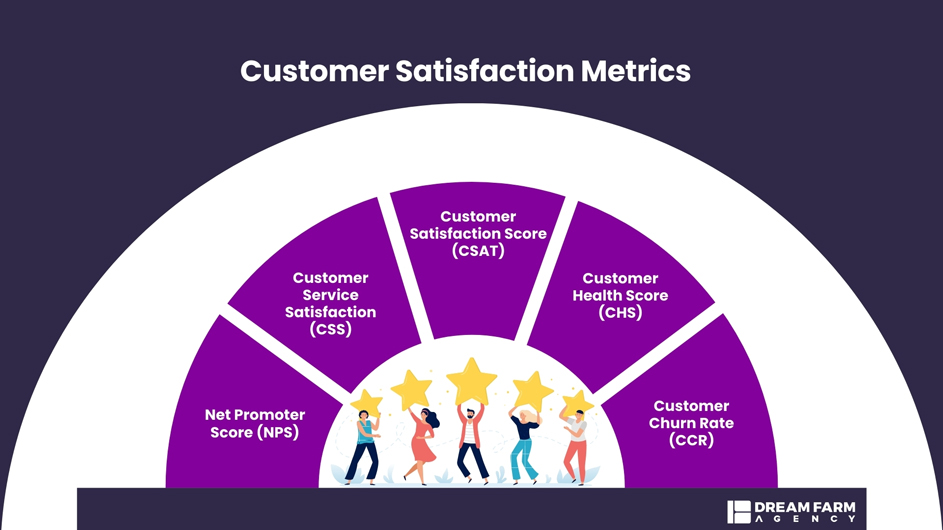
What are the brand experience strategy benefits?
In today’s competitive business world, companies must understand the benefits of a well-thought-out brand experience plan.
There are the most crucial brand experience strategy benefits:
1.Differentiating the market
You can stand out from your competitors if your business experience is great.
When all customer journeys align with brand experience strategy, and customers are satisfied, any campaign or new product can create many advantages and differentiate the market.
2.Better Experience for Customers
Getting people’s attention, giving them excellent customer service, and getting them to get involved are all important ways to improve the customer experience.
Red Bull’s “Stratos” promotion made the brand feel like an exciting adventure as part of its plan to be associated with energy and extreme adventures.

3.Build your brand’s value
People will think your brand is more valuable if it gives them an exciting experience. This will make them more likely to choose your brand over competing goods.
No matter how advanced your product is or whether it has a competitive price, the customer’s experience is most important in the end.
4.Grow your profits
A higher customer lifetime value (CLV) means more money in the bank. All the good things that happen when you give customers a great business experience help with this.
Individualized connections on social media by NutriSense led to a 45 percent rise in social media interaction in just eighteen months, which helped the company make money. NutriSense reached more people and built a solid online presence thanks to the rise in social media interaction.
Knowing about these benefits helps businesses create and use brand experiences that have an effect. Companies can survive and thrive in today’s changing market by making a plan that aligns with these principles. This will help them build long-term customer loyalty and long-term growth.
Working with experienced professionals can help you reach new heights in your quest to create an effective brand experience plan. When it comes to brand planning services, Dream Farm Agencies is the top. They bring a lot of knowledge to the table. Their all-around method includes:
- A deep look at the market.
- Personalized information about your customers.
- New ideas that work well with your business goals.
Successful brand strategy examples
Seeing how brand experience building works is different from just hearing about it. Let’s look at five brand experience examples that work well as models of how they crafted brand experience strategy.
The “Artisanal Indulgence” at Truffle Bay
Once upon a time, a chef named Truffle Bay was the best at what they did.
There are a lot of mass-produced candies on the market, so Truffle Bay set out to change what it means to indulge. The journey started with a dedication to artisanal craft, where each chocolate was a work of art made with great care by skilled chocolatiers.
The goal of Truffle Bay was to give chocolate lovers a fully immersive experience. The brand held exceptional taste events where customers could enjoy the variety of flavors in each item. It wasn’t just about chocolate at these events; they were a celebration of love and art.
To keep the feeling of luxury, Truffle Bay made limited editions with seasonal flavors that were sure to please the taste buds. The excitement for these drops was like a treasure hunt, which made the brand experience even more thrilling.
Truffle Bay’s brand identity, which included beautiful packaging with lots of small details, matched the high quality of its candies. The brand connected with its fans beyond the real world by holding live Q&A meetings with master chocolatiers and virtual workshops on making chocolate. This helped build a community of chocolate lovers.
Truffle Bay gave its followers sneak peeks behind the scenes on social media, which made the story of how the chocolate bean became a fancy treat very interesting. By creating this brand experience, Truffle Bay gave people chocolate and a way to escape into a world of handmade luxury, where each piece was a sign of love and perfection.
“Sensory Escapes” is Blissful Brew’s plan
Blissful Brew opened in a cute part of the city as a coffee shop haven.
This coffee heaven wasn’t just a place to make coffee; it was a celebration of taking a break from your everyday life. Blissful Brew knew that coffee wasn’t just a drink but an event that involved all of the senses.
Unique coffee mixes were carefully chosen as part of Blissful Brew’s brand strategy. Each blend had a unique history, starting on coffee fields in faraway places and ending up in a customer’s cup. With their warm colors and welcoming decor, the coffee shops were meant to be excellent places where people could escape the busy world and enjoy some peace and quiet.
Blissful Brew held coffee-tasting events every week to bring people together. People weren’t just asked to drink coffee; they were also asked to go on a trip of flavor discovery. Local artists used Blissful Brew’s walls as a blank surface, and the cafes were also galleries for their work.
The company cared about the community in more ways than one. Blissful Brew interacted with its followers on social media by posting about the history of coffee, how to make it, and showing pictures from the lives of local artists. It became a brand that put together experiences, allowing customers to enjoy sensory escapes beyond taste.
The “Innovation for Tomorrow” from SwiftTech
SwiftTech became the leader in new ideas in the fast-paced world of technology.
SwiftTech’s brand strategy was built around a promise to always be on the cutting edge of technology. The brand didn’t just sell gadgets; it also showed what life would be like in the future, when technology would be a regular part of everything.
SwiftTech’s gadgets were more than just tools; they were a way to live a tech-savvy life. SwiftTech set out on a mission to share knowledge with others in order to teach and empower users. Webinars and online tutorials turned into virtual classrooms where customers learned about the newest tech trends and how to use SwiftTech goods most effectively.
SwiftTech didn’t just care about customer service; it was an essential part of the business experience. SwiftTech’s support team became experts in the complicated world of technology, helping users in ways that went beyond fixing problems and giving them knowledge.
Product launch events that were almost like technology shows showed how committed the brand was to new ideas. SwiftTech saw video tutorials as a way to make tech knowledge more accessible so that all users, no matter how technical they are, could get the most out of their gadgets.
Feedback wasn’t just gathered; it became part of the company itself. SwiftTech paid attention to its users and learned about their wants and needs. It then used this information to plan the development of new goods. People who interacted with SwiftTech’s brand didn’t just buy something; they went on a trip into the endless possibilities of tomorrow’s technology.
The difference between brand experience and customer experience strategy
Brand experience and customer experience are both essential parts of a business plan. Still, they affect the customer journey in different ways.
How the brand feels:
The overall impression and emotional connection a customer forms with a company across all of its touchpoints is called brand experience. It’s more than just one purchase; it’s all interactions, like on social media, in ads, while using a product, or with customer service. The brand experience aims to change how people think and feel about a product and give it a lasting personality in their minds. It’s about providing a brand with a unique story that people will remember that sets it apart from its competitors.
Apple’s brand experience is based on new ideas, sleek design, and an environment that works well together. This gives the impression of luxury and cutting-edge technology. When they release new products, they do this by getting their loyal customers excited and looking forward to it. In addition, Apple shops offer a one-of-a-kind and engaging experience by letting customers connect with their goods in a personal setting. Apple has built a solid and loyal customer base by looking at the brand experience as a whole.
How the customer felt:
Customer experience planning, on the other hand, is more about the exact things that the customer does and how they connect with the brand. It means making every step of the customer trip better so that they are happy, easy, and quick. From the first time a customer hears about a product or service to the time they need help after buying something, the customer experience plan aims to make the whole process smooth and fun. Meeting customer standards, easing their problems, and making them loyal through excellent service are all important.
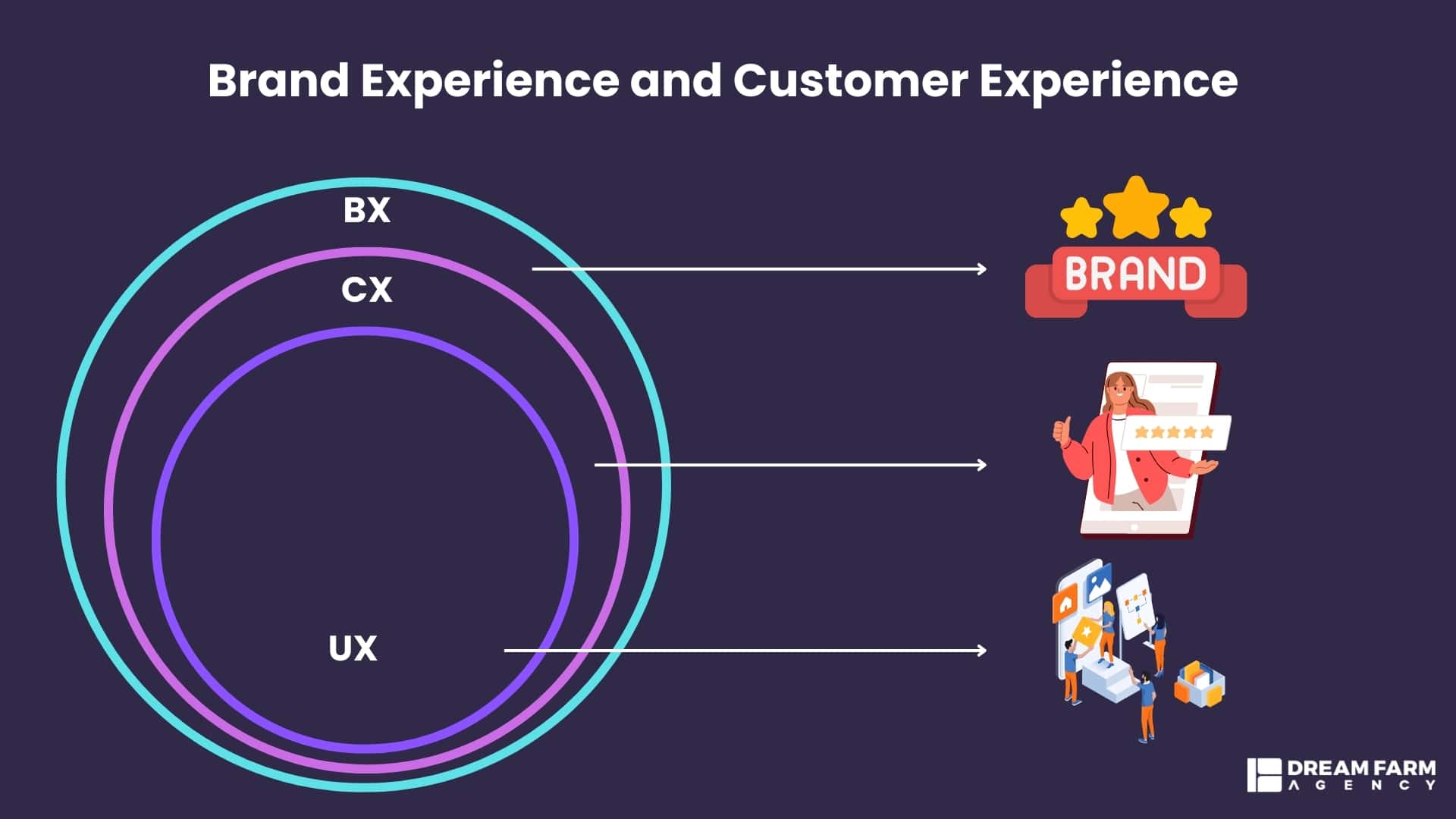
Amazon’s plan for improving the customer experience is based on making shopping easy by offering fast shipping and a simple layout. Amazon wants its customers to be happy, so it keeps working on personalization and recommendation systems that make shopping more fun by suggesting products that fit each person well. They also go above and beyond with customer service, offering help 24 hours a day, seven days a week, and easy returns. This adds to their image as a leader in customer experience.
People are happy with this method and keep returning for more.
Conclusion
Lastly, a good brand experience plan is a way to connect with your audience on an emotional level and make an impact that lasts. You can get ahead of the competition by looking at your Business, your customers, and the market, setting goals, getting feedback, and changing how you do things.
Apple, Red Bull, Truffle Bay, Blissful Brew, and SwiftTech have all done well with brand experience methods. These methods go beyond deals to give clients one-of-a-kind, engaging experiences.
Not only does a well-thought-out brand experience approach make customers happier, more loyal, and more likely to buy, but it also increases brand value and sales. Brand experience plans need to track KPIs, listen to what customers say, and develop new ideas.
Ready to craft a brand experience strategy that sets you apart? Contact Dream Farm Agency today for a free consultation. Let’s discuss your brand and create a strategy that fosters emotional connections, drives customer loyalty, and boosts your bottom line.

Rojan

